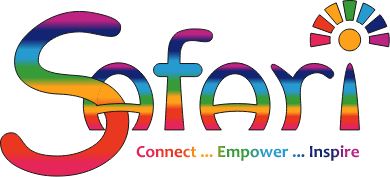Play Therapy
Deep meaning lies often in a child's play.
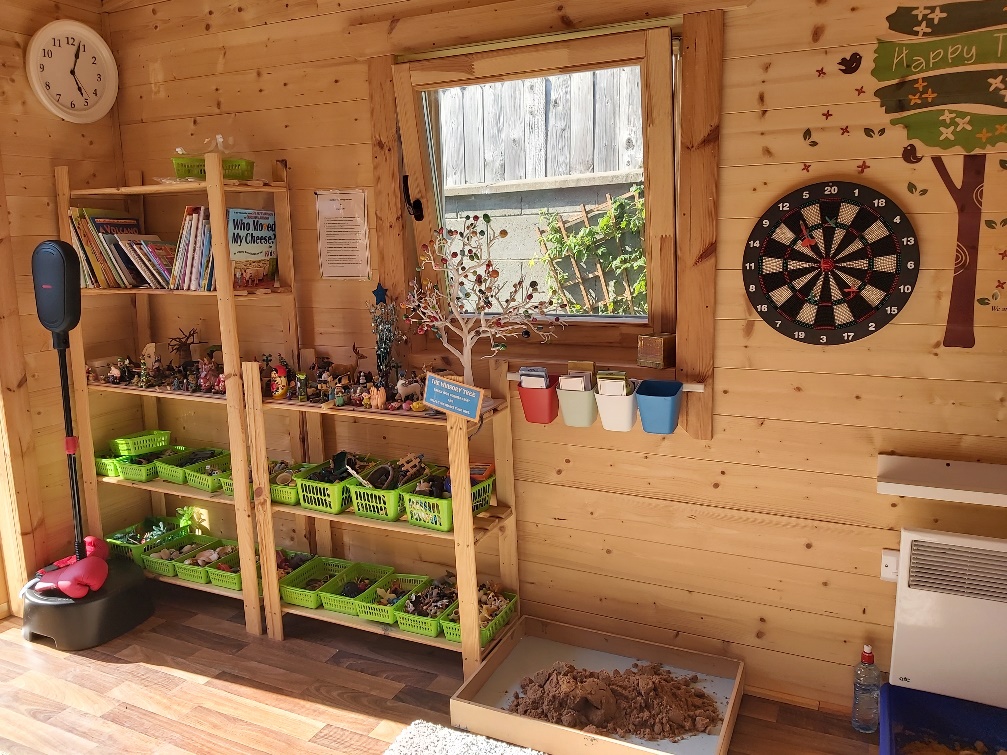
As a result, once your child is given the opportunity to process and work through their presenting issues they are better able to rebalance and gain perspective of their life path from a connected, empowered and inspired backdrop.
What can I do about the concerns I have about my child?
You have taken the first step and sought support and advice from a professional Play and Creative Arts therapist, who will work with you in facilitating a therapeutic intervention to meet your child's needs.
What is play and Creative Arts therapy and how can it help support my child?
Play and Creative Arts therapy is a non-directive child-led form of therapeutic intervention, where 'toys and creative mediums' act as your child's words and 'play and engagement' is the language through which they express themselves. This approach supports your child to make sense of their 'muddled' feelings and/or any upsetting events in their lives. Therefore, if a child is 'stuck' due to something that has happened in their lives or if they are worried or anxious, accessing this therapeutic approach can help them to get back on track. As well as relieving symptoms, play and creative arts interventions also helps build self-esteem, improve ways of expressing emotions, helps improve communication, and relationships.
What happens during a therapy session?
The physical space of the 'play/creative arts room' and the trusting relationship create a safe place for your child to bring all their hopes, fears, thoughts and behaviours. During each weekly 50-minute session, they decide what creative medium or activity to engage in or not. They direct the session and instinctively know what they need to do in order to process what is going on for them, this can be deep work, working from the unconscious to the conscious but always at their pace.
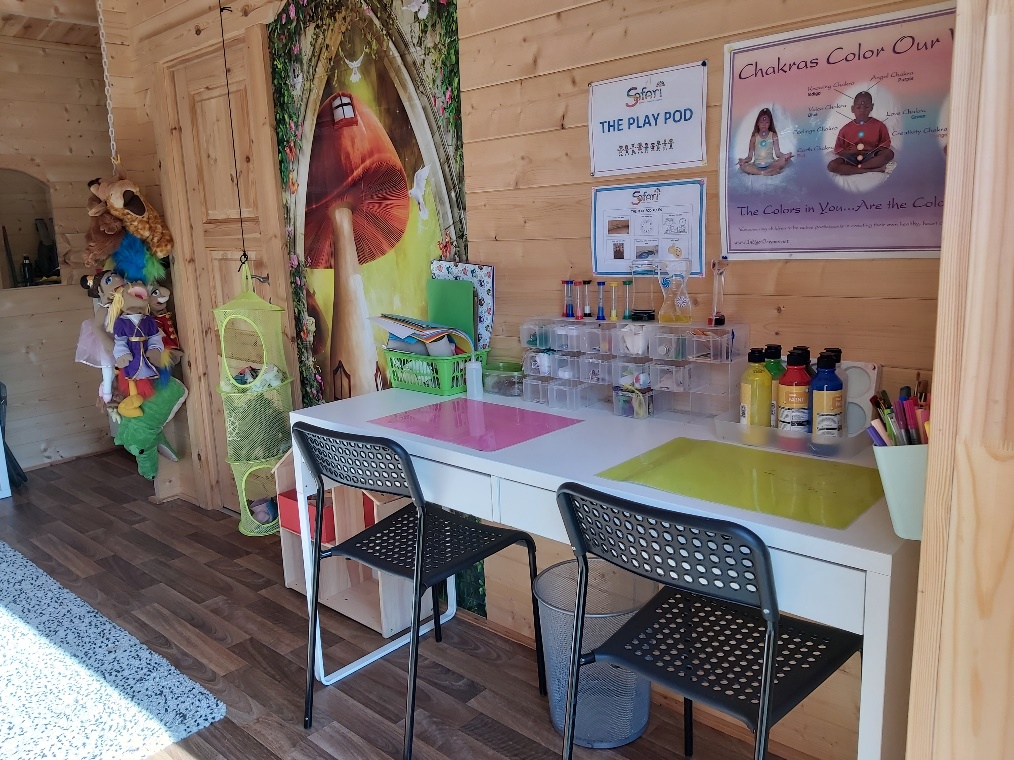
What is the role of the Play and Creative Arts therapist?
The role of the therapist is to provide a trusting relationship in which the child is felt 'held and safe'. This makes it easier for the child to express themselves and seek out a solution to their problems. Through this support children gain insight and become aware of their mental wellbeing and what is needed to stay on track now and in the long term.
How long does a therapeutic intervention last?
The proverbial, 'how long is a piece of string' comes to mind. Each child is unique and will respond to the intervention in different ways. The recommended initial contract is a 12-week duration with a review meeting around week 10 where we will discuss your child's progress, if referral concerns have improved, it is time to end, if not enough of a shift has occurred we may agree to re-contract and continue the intervention until you are feel your child has made appropriate progress with their emotional wellbeing. Either now the seeds have been sown and young people realise they have a safe space to come to, my door is always open to them.
What is the importance of the therapeutic relationship for my child?
The importance of the therapeutic relationship is paramount in order for any therapeutic benefit in your child to occur. The child must trust the therapist and know they are in a safe space that is non-judgemental and totally accepting.
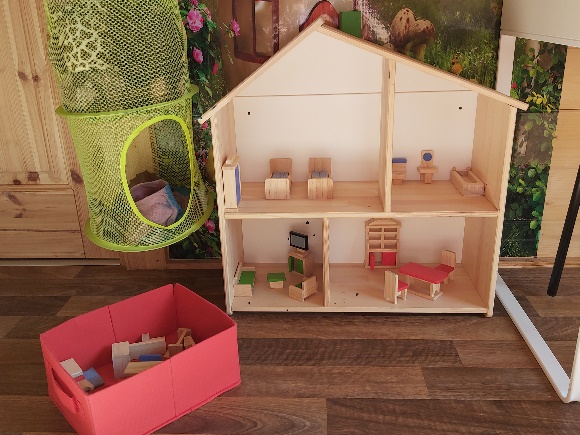
Why is the session confidential and what are the limits to that?
Just like if an adult attended a counselling session, when a child attends, they too need to know 'I won't tell anyone what we do in here'. However, I do update you on how the sessions are progressing generally. The only limitation to this confidentiality is, if your child tells me someone has hurt them, they want to hurt themselves or another. I then inform your child; we will talk to someone who can help them, this is following National Child Protection Procedures. As parents, you are their guardians and will be informed of any concerns or disclosures in advance of appropriate action being taking.
What is the best way to inform my child they are going to attend therapy?
Honesty is the best policy! Using age appropriate language, explain to your child that I/we have found a lady named Aoife who has a space with lots of things that you can use to help you sort out your 'muddled, angry, sad, worried or confused feelings about things and this may help you feel better' whatever is most relevant to your child's referral concerns.
What can I do to help and support my child outside of the intervention?
As parents, be consistent and encouraging to your child about attending sessions regularly. Be there to listen, reflect on what you hear and connect with them in positive ways, this will help support them to know they are safe and understood. Resist the urge to ask them about their sessions, as this may put pressure on them to comment on something, they have difficulty understanding themselves. Don't insist your child tells certain things, this is their time and they need to express themselves at their own pace. Beware things may get worse before they get better-please keep in regular contact with me and we can navigate this process together.
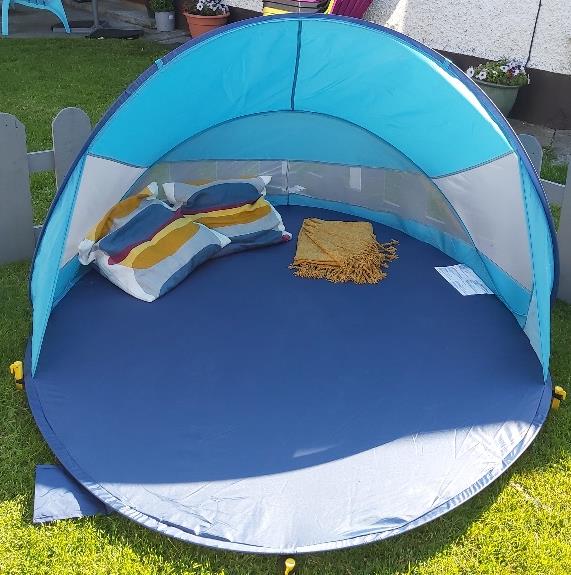
What creative mediums are provided in this safe space?
LEGO, Art and Drawing, Sand, Therapeutic Stories, Creative Visualisations, Clay, Messy play, Role Play
What issues can Play and Creative Arts Therapy help?
- Anxiety, worry and stress
- Low self-esteem, low self-worth
- Lack of motivation, lack of confidence
- Hyperactivity and difficulty focussing
- Anger and controlling issues
- Trauma-from abuse or neglect
- Children who are adopted or fostered
- Hospitalised children or long term health issues
- Bereavement and loss
- Behavioural/Emotional issues e.g. ADHD, CD
- Physical disabilities e.g. Spina Bifida and CP
- Neurological disorders e.g. ASD, Narcolepsy
- Children with parents who are separated or divorced
Young people usually experience a change in the following areas:
- Improved motivation, confidence, self-esteem and self-worth
- More positive outlook
- Calmer demeanour, more accepting of people around them
- Greater awareness and responsibility
- Improved relationships with family and friends.

